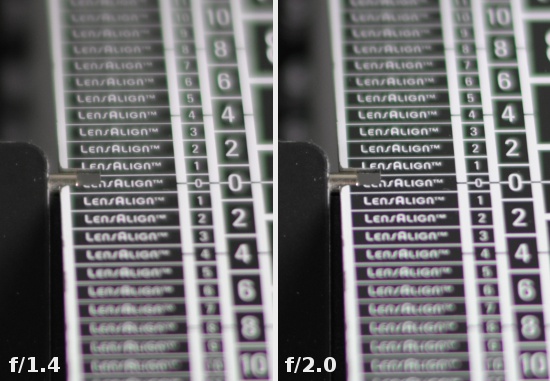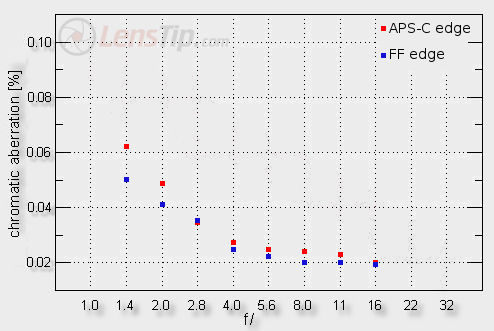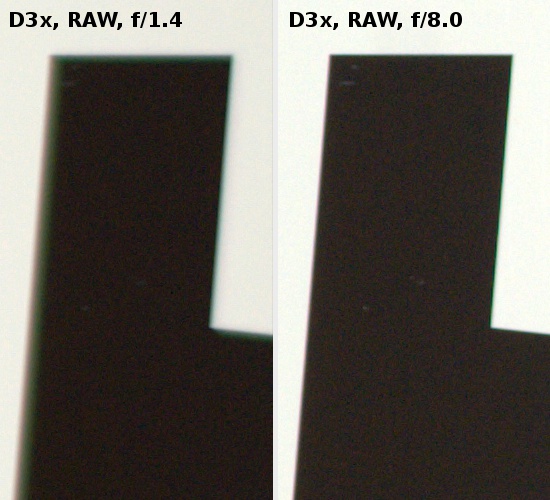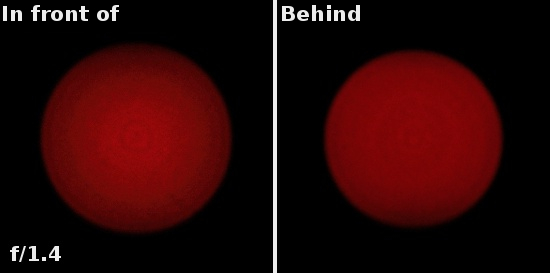Nikon Nikkor AF-S 58 mm f/1.4G
5. Chromatic and spherical aberration
Longitudinal chromatic aberration quite often makes itself felt in fast lenses. Still, dealing with a high quality, expensive 50 mm device you can expect a good correction of that aberration; the Zeiss Otus 1.4/55 showed it is doable. Unfortunately the Nikkor 1.4/58G couldn’t cope with that problem which is clearly seen in the photos, shown below. The constructors, for unknown reasons, skimped on low dispersion ED glass and now you see the consequences.
 |
Please Support UsIf you enjoy our reviews and articles, and you want us to continue our work please, support our website by donating through PayPal. The funds are going to be used for paying our editorial team, renting servers, and equipping our testing studio; only that way we will be able to continue providing you interesting content for free. |
- - - - - - - - - - - - - - - - - - - - - - - - - - - - - - - - - - - - - - - - - - - - - - - -
The lateral chromatic aberration is corrected much better as you can notice glancing at the graph presented below.

The maximum value of 0.05–0.06% means its level is low and won’t be bothersome in real life photos.
 |
Spherical aberration
The spherical aberration is not corrected in a proper way and the appearance of circles, created by defocusing light points, is the proof. The circle you get in front of the focus is clearly less bright on the edges than the circle behind the focus.

The „focus shift” effect can’t be noticed in the first drawing of this chapter but, due to low sharpness, it would be difficult to see anything there. The “focus shift” becomes clearly visible in MTFs measurements, though. The position of the distance scale where which you can get the highest MTF50 values by f/1.4 aperture is not the same as the position at which you get the best results on stopping down.






